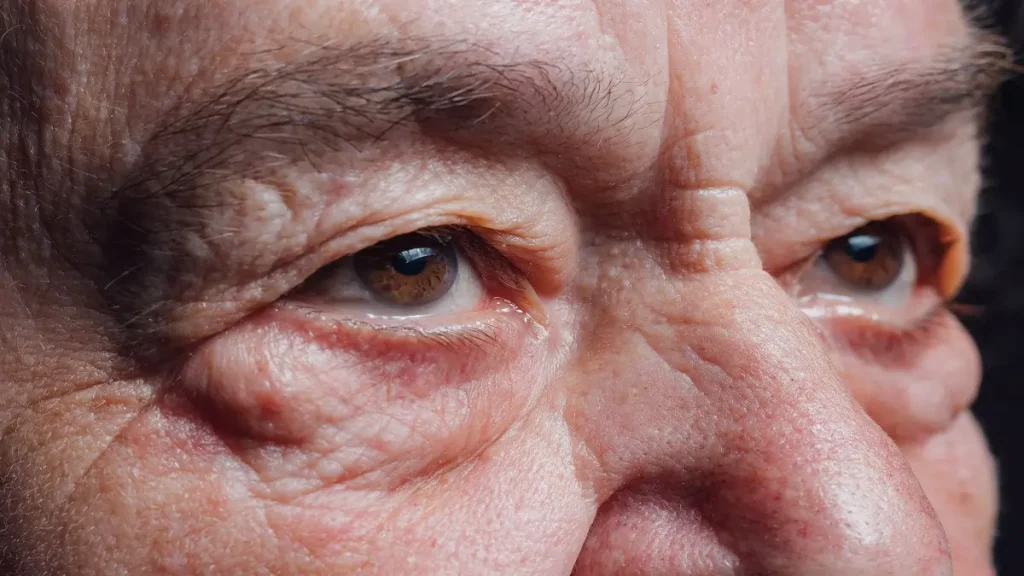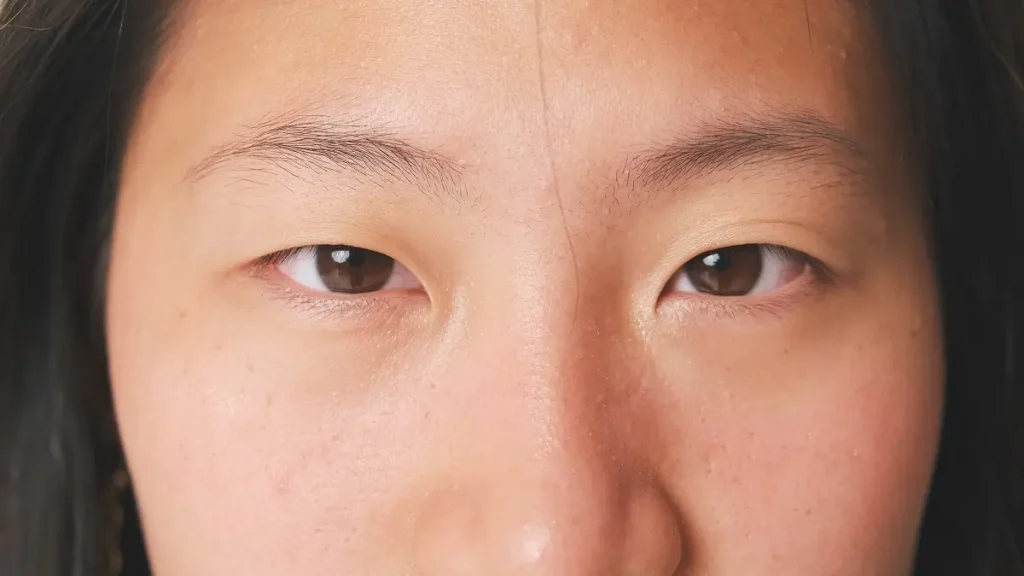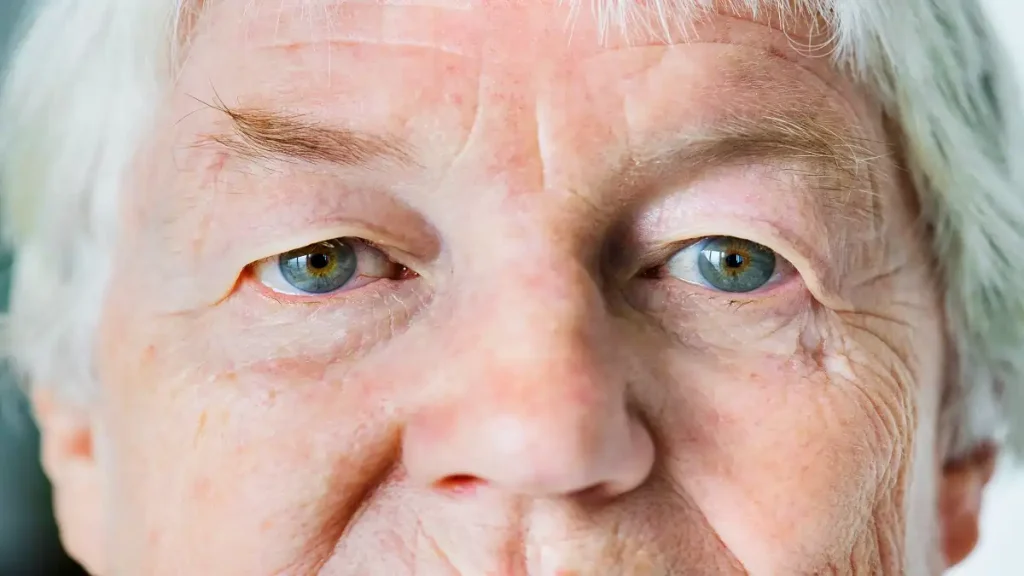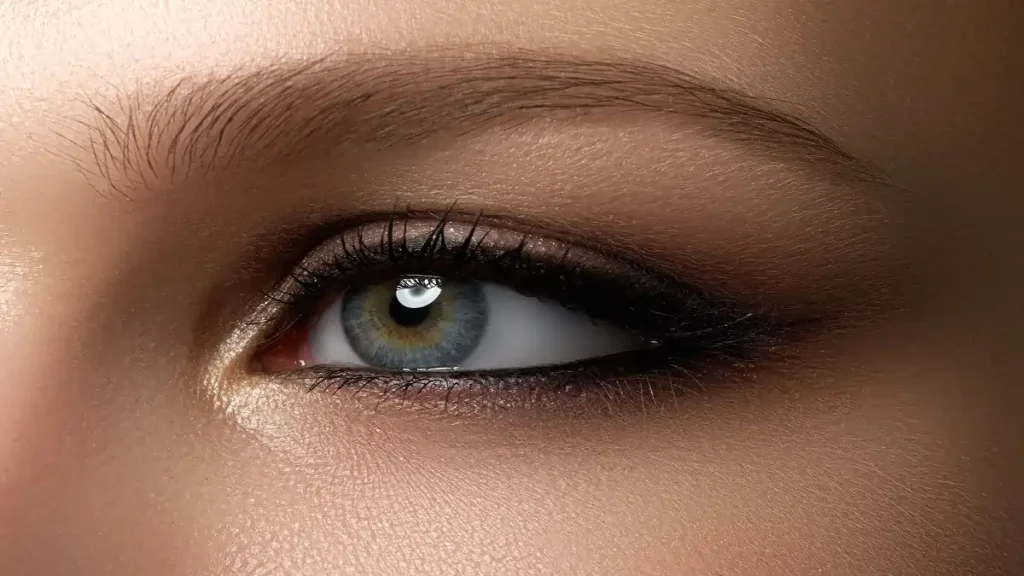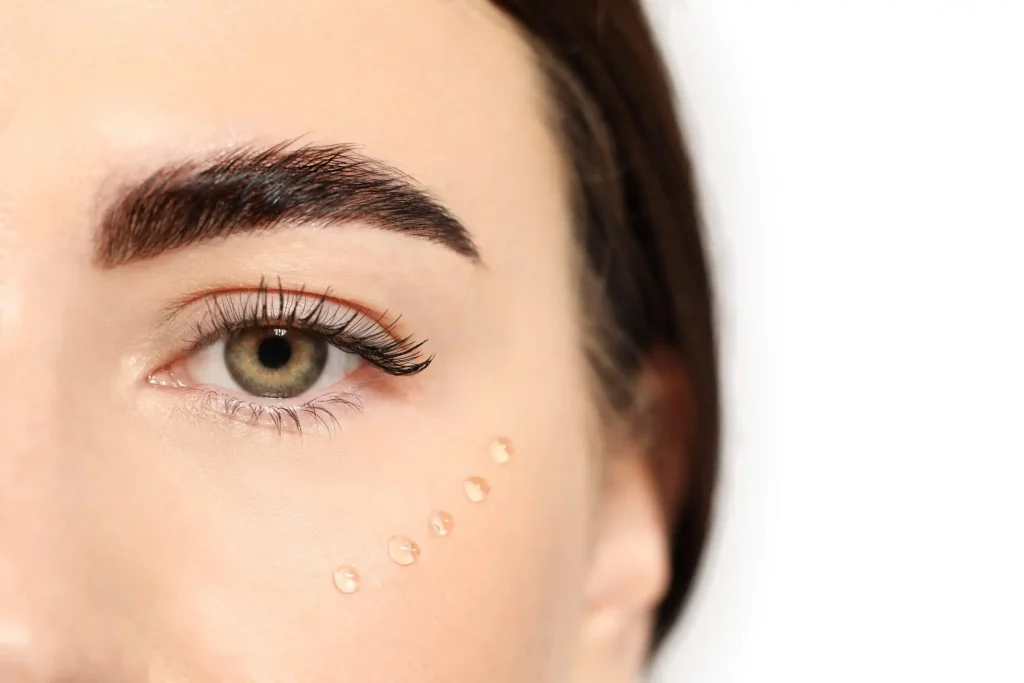Eyelid Malposition
What is Eyelid Malposition? Eyelid malposition, also known as ptosis, refers to the drooping or sagging of the upper or lower eyelid. There are three forms of ptosis: congenital, acquired, and mechanical. Congenital ptosis occurs at birth and is usually caused by a weakened or poorly developed levator muscle, which is responsible for lifting the […]




